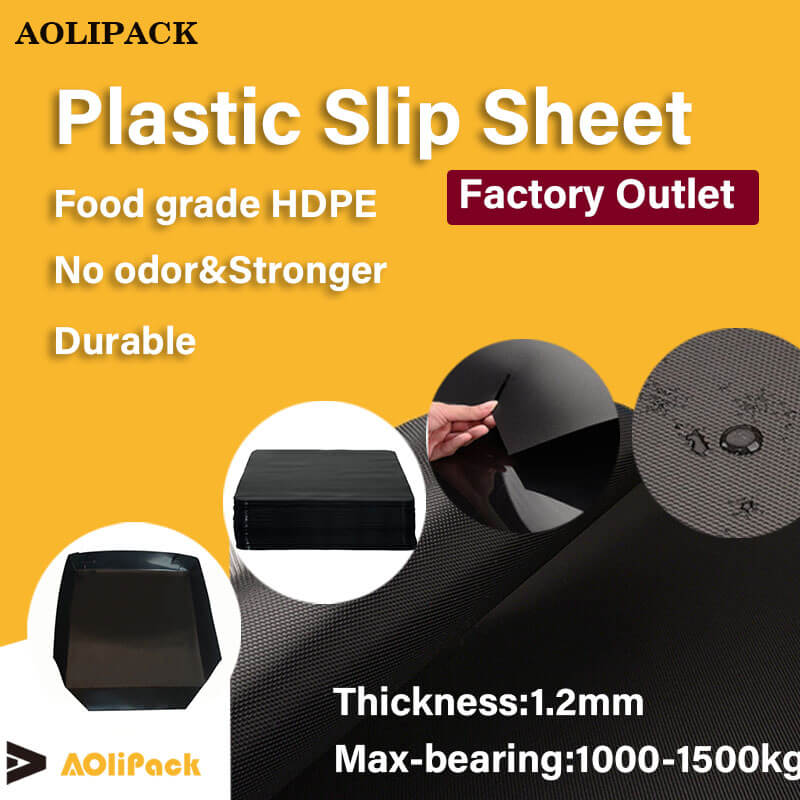Slip Sheet Forklifts: Revolutionizing Modern Material Handling
Introduction to Slip Sheet Forklift Technology
Slip sheet forklifts represent a specialized material handling solution designed to work with ultra-thin loading platforms instead of traditional pallets. These forklifts feature unique attachments that enable them to handle loads on thin (0.5-3mm) sheets of corrugated fiberboard or plastic, offering significant advantages in space utilization and operational efficiency.
Key Components of Slip Sheet Forklift Systems
1. Push-Pull Attachments
Hydraulic clamping mechanism
Sliding push plate (typically 48" wide)
Lip engagement system
Load capacity up to 3,000kg
2. Specialized Forks
Shorter than standard forks (usually 36"-42")
Angled design for better sheet engagement
Non-marking surfaces to prevent damage
3. Control Systems
Integrated hydraulic controls
Load stability sensors
Optional automated positioning
How Slip Sheet Forklifts Work: Step-by-Step Process
Approach: Operator aligns forklift with slip sheet lip
Engagement: Push plate slides beneath sheet
Clamping: Hydraulic mechanism grips sheet lip
Lifting: Entire load is pulled onto platform
Transport: Secure movement to destination
Release: Reverse process for unloading
Advantages Over Conventional Forklifts
Feature Slip Sheet Forklift Standard Forklift
Space Efficiency 15-20% more cargo Standard capacity
Load Speed 25% faster cycles Standard speed
Equipment Cost
5
k
−
5k−8k attachment N/A
Pallet Costs Eliminated Required
Training Needs 4-8 hours additional Basic certification
Top Applications in Modern Warehousing
1. High-Density Storage Facilities
Maximizes vertical storage space
Ideal for narrow aisle configurations
Perfect for automated storage/retrieval systems
2. Temperature-Controlled Environments
Eliminates moisture-absorbing wood pallets
Plastic-compatible in cold storage
Hygienic solution for food/pharma
3. International Shipping
Saves container space (additional 300-500kg payload)
Avoids pallet fumigation requirements
Reduces shipping costs by 7-12%
4. Manufacturing Operations
Just-in-time part delivery
Works with heavy industrial loads
Compatible with lean manufacturing
Implementation Considerations
Fleet Transition Planning
Assessment Phase:
Evaluate 20% of current operations
Identify high-ROI applications
Pilot Program:
Convert 3-5 forklifts
Train core operator team
Full Deployment:
Phased attachment installation
Complete operator certification
Cost-Benefit Analysis
Initial Investment:
5
,
000
−
5,000−8,000 per attachment
1
,
200
−
1,200−2,000 training per operator
Annual Savings:
15
,
000
−
15,000−25,000 in pallet costs
12-18% improved productivity
7-10% reduced freight expenses
Operator Training Requirements
Certification Program (8-Hour Course)
Theory Component:
Slip sheet mechanics
Load center calculations
Safety protocols
Practical Training:
Lip engagement techniques
Load stability management
Emergency procedures
Evaluation:
Written exam
Practical assessment
Certification valid for 3 years
Maintenance Best Practices
Daily Checks
Hydraulic fluid levels
Push plate alignment
Lip gripper tension
Sensor calibration
Quarterly Maintenance
Full hydraulic system service
Attachment structural inspection
Control system diagnostics
Wear part replacement
Future Innovations in Slip Sheet Handling
1. Automated Systems
Vision-guided positioning
Robotic load handling
AI-powered load optimization
2. Smart Attachments
IoT-enabled performance monitoring
Predictive maintenance sensors
Load tracking integration
3. Enhanced Safety Features

Collision avoidance systems
Automatic load stabilization
Emergency drop prevention
Conclusion: Why Upgrade to Slip Sheet Forklifts?
Slip sheet forklift technology offers warehouses and distribution centers:
Immediate Space Savings: Store and ship more product in same footprint
Cost Efficiency: Rapid ROI through pallet elimination and freight savings
Future-Readiness: Platform for automation and smart warehouse integration
Sustainability Benefits: Reduce waste and carbon footprint
For operations handling high-volume shipments or working in space-constrained environments, slip sheet forklifts provide a proven competitive advantage. The transition requires careful planning but delivers measurable improvements in operational efficiency that compound over time. As material handling continues evolving, this technology positions businesses at the forefront of logistics innovation.







 wechat consulting
wechat consulting